Country
Crash of a Tupolev TU-134A-3 in Osh
Date & Time:
Dec 28, 2011 at 1246 LT
Registration:
EX-020
Survivors:
Yes
Schedule:
Bichkek - Osh
MSN:
61042
YOM:
1979
Flight number:
QH003
Crew on board:
6
Crew fatalities:
Pax on board:
82
Pax fatalities:
Other fatalities:
Total fatalities:
0
Aircraft flight hours:
41313
Aircraft flight cycles:
25326
Circumstances:
Following an uneventful flight from Bishkek, the crew started the descent to Osh Airport. The approach was completed in reduced visibility due to foggy conditions. Not properly aligned with runway 12, the aircraft landed hard. It did not bounce but lost its right main gear due to excessive aerodynamic forces (2,5 g). Out of control, the aircraft veered off runway and came to rest upside down, bursting into flames. The aircraft was partially destroyed by fire. All 88 occupants were evacuated, among them 31 were injured, some seriously. At the time of the accident, the visibility was reduced to 300 metres horizontal and 200 metres vertical. RVR for runway 12 was 550 metres.
Probable cause:
On Apr 22nd 2013 a letter of Kyrgyzstan's Transport Prosecutor to Kyrgyzstan's Parliament of April 2012 became known indicating that the airport had been approved to operate in Category I weather minima without being properly equipped and should never have been approved to operate in these conditions, as a result of the investigation the aerodrome has been limited to operate according to visual flight rules only. The aircraft was not properly equipped to conduct the flight lacking a GPWS as well as passenger oxygen, the crew was not qualified to conduct the flight and the oversight by the airline's dispatch and chief pilot was insufficient, the Transport Prosecutor mentioned that the responsibles to oversee flight operation could not answer even the most basic questions. Kyrgyzstan's Civil Aviation Authority failed to oversee the operation of the airline as well. While on approach to Osh the crew was informed about weather conditions permitting an approach, the data transmitted however were incorrect and the actual weather did not even permit an approach. Instead of being established on the approach 10.5km/5.6nm before touchdown the aircraft was established on the extended centerline only about 4.02km/2.17nm before touchdown, however was above the glidepath. A steep dive to reach the runway resulted in a touch down at a high rate of descent and vertical forces beyond the design limit of the aircraft (more than 2.5G), as result of the high impact forces the aircraft did not even bounce but just started to disintegrate, reaching 58 degrees of right roll 270 meters past the runway threshold, between 270 and 550 meters past the threshold the tail fin separated, the aircraft was completely upside down 600 meters past the threshold and came to a stop about 1000 meters past the threshold of the runway. The main door was jammed, the occupants escaped through other doors and the overwing exits. No serious injury occurred, 6 people needed hospital treatment with minor injuries.
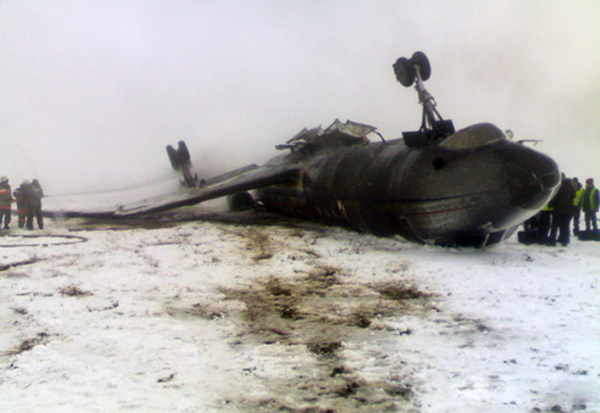
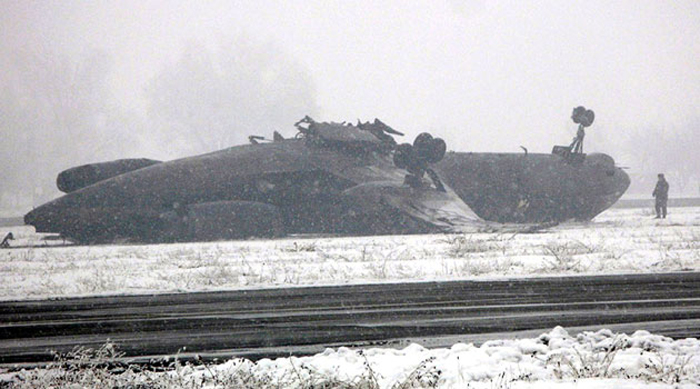

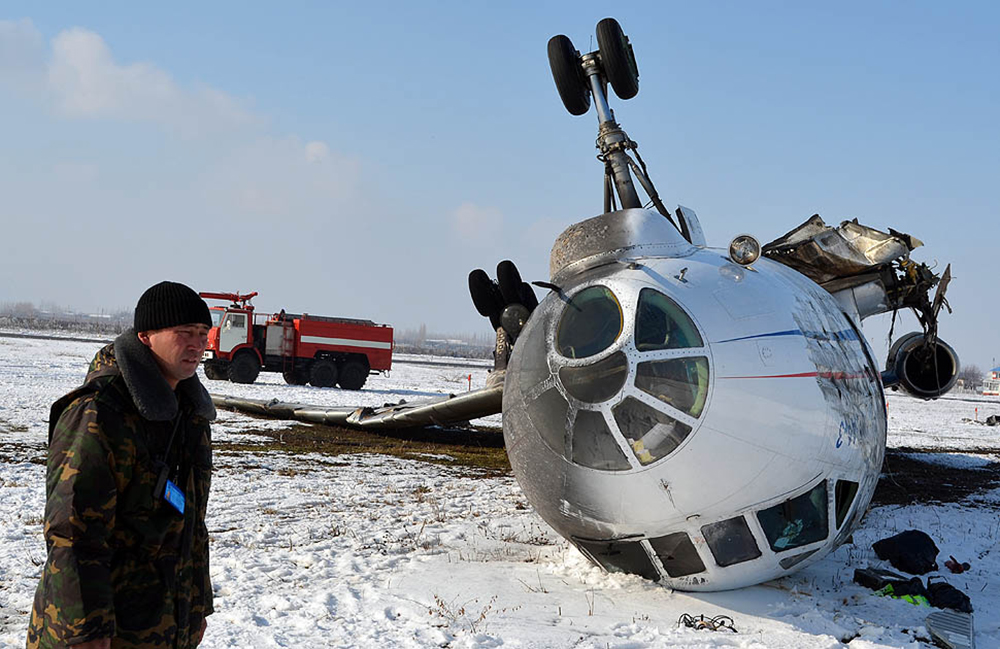
Crash of a Tupolev TU-134A-3 in Petrozavodsk: 47 killed
Date & Time:
Jun 20, 2011 at 2340 LT
Registration:
RA-65691
Survivors:
Yes
Schedule:
Moscow - Petrozavodsk
MSN:
63195
YOM:
1980
Flight number:
CGI9605
Crew on board:
9
Crew fatalities:
Pax on board:
43
Pax fatalities:
Other fatalities:
Total fatalities:
47
Captain / Total hours on type:
3158.00
Copilot / Total hours on type:
1099
Aircraft flight hours:
35591
Aircraft flight cycles:
20977
Circumstances:
Aircraft left Moscow-Domodedovo Airport in 2224LT for Petrozavodsk, Karelia. On final approach by night and fog reducing vertical visibility to 300 metres, crew descended too low without a visual contact was established with the runway lights. Aircraft descended below the MDA, hit an electric pole, crashed on a road and came to rest in a garden, 570 metres short of runway 02. Eight people were rescued as all other 44 occupants were killed. Flight was operated by RusAir on behalf of RusLine (flight 243). Russian FIFA's football referee Vladimir Pettaï was also killed in this accident. Two days later, a survivor died from his injuries. The weekend following the accident (five days and six days later), two survivors died from their injuries (burns).
Probable cause:
When the aircraft approached the airfield in weather below minimums for the aerodrome descending on autopilot at a fixed vertical speed, crew failed to decide to go around in absence of visual contact with approach lights and landmarks and permitted the aircraft to descend below minimum descent altitude, which led to impact with trees and the ground in controlled flight.
Following factors were considered as contirbutory:
- unsatisfactory crew resource management by the commander who effectively removed the first officer from the control loop in the final stages of the accident flight and who subordinated himself to the navigator showing increased activity however in the state of mild alcoholic intoxication.
- the navigator was in the state of mild alcoholic intoxication
- unjustified weather forecasts by height of cloud base, visibility and severe weather including fog as well as the non-conformity of weather data of Petrozavodsk Airport transmitted to the crew 30 and 10 minutes prior to estimated landing.
- Failure to use indications by the ADFs and other devices of the aircraft while using indications by an unapproved satellite navigation system KLN-90 in violation of flight manual supplements for the TU-134.
Following factors were considered as contirbutory:
- unsatisfactory crew resource management by the commander who effectively removed the first officer from the control loop in the final stages of the accident flight and who subordinated himself to the navigator showing increased activity however in the state of mild alcoholic intoxication.
- the navigator was in the state of mild alcoholic intoxication
- unjustified weather forecasts by height of cloud base, visibility and severe weather including fog as well as the non-conformity of weather data of Petrozavodsk Airport transmitted to the crew 30 and 10 minutes prior to estimated landing.
- Failure to use indications by the ADFs and other devices of the aircraft while using indications by an unapproved satellite navigation system KLN-90 in violation of flight manual supplements for the TU-134.
Final Report:
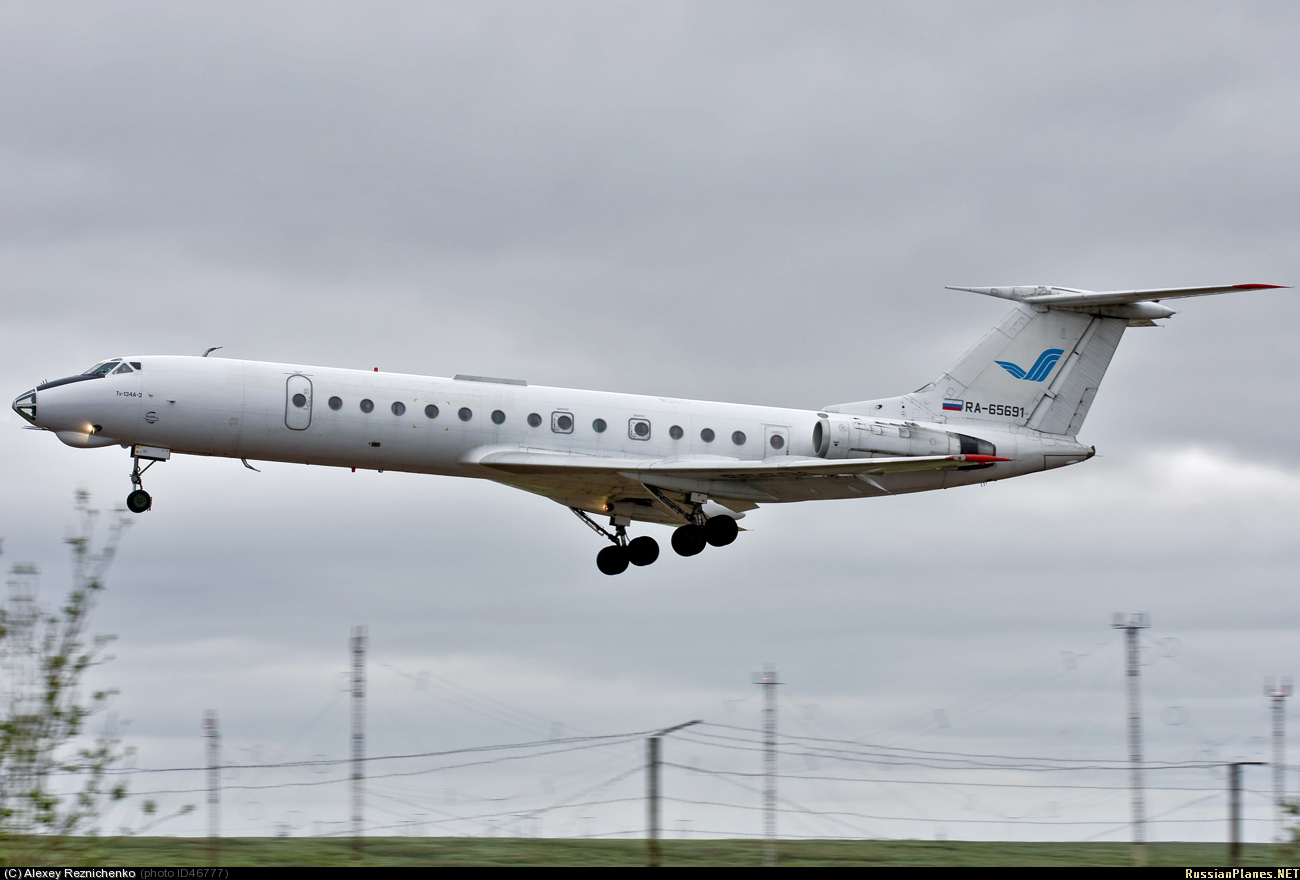
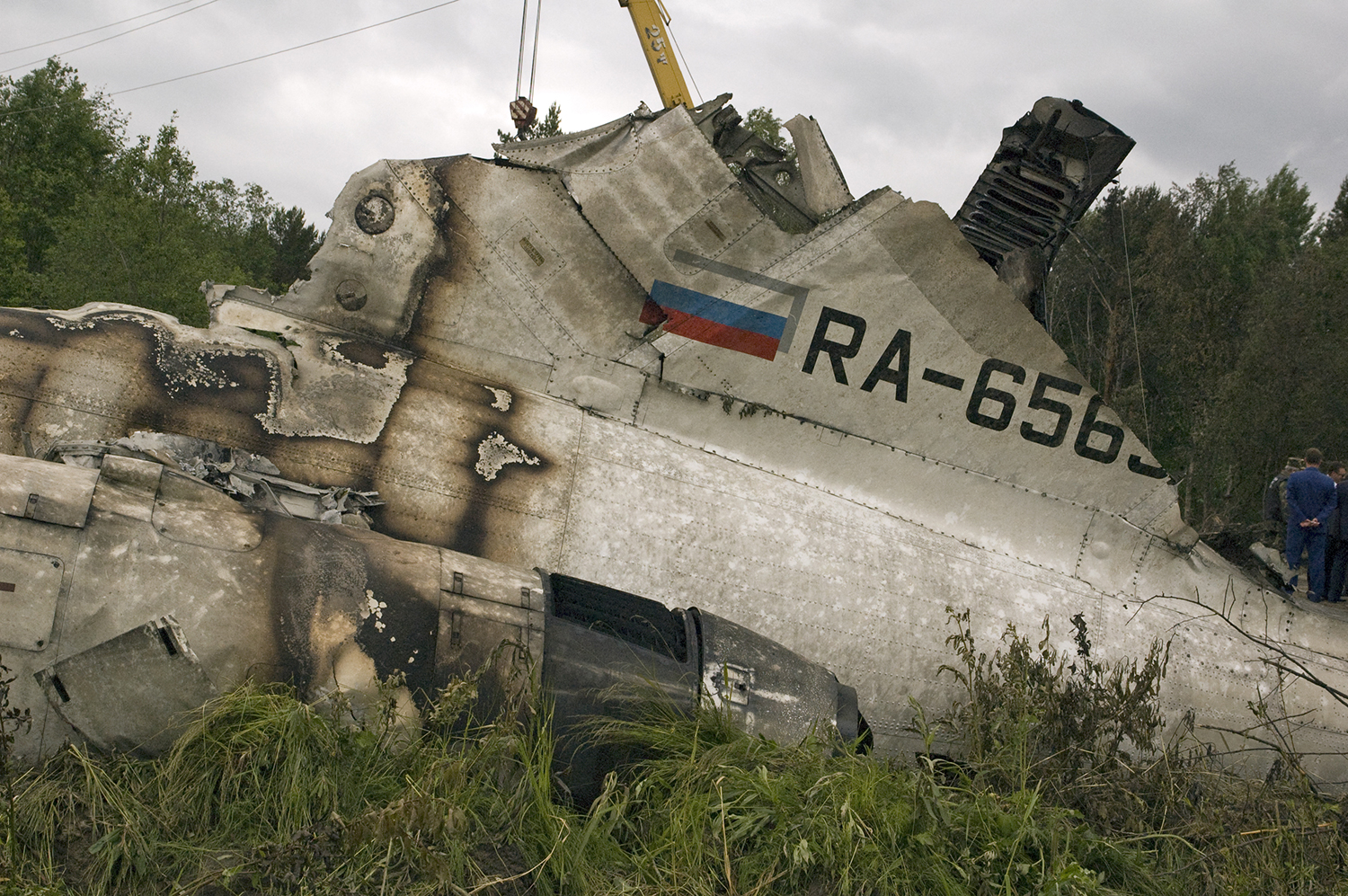
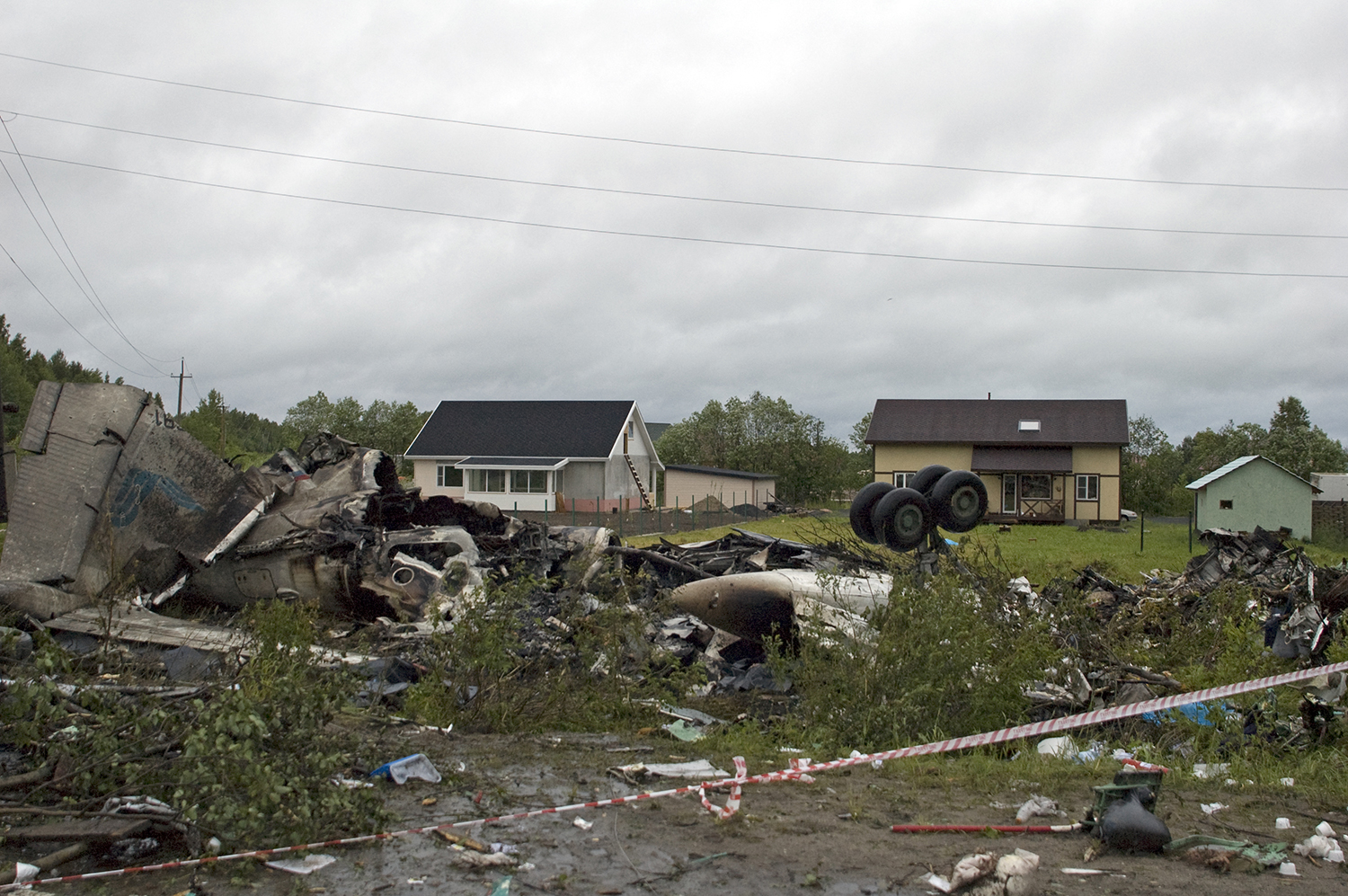

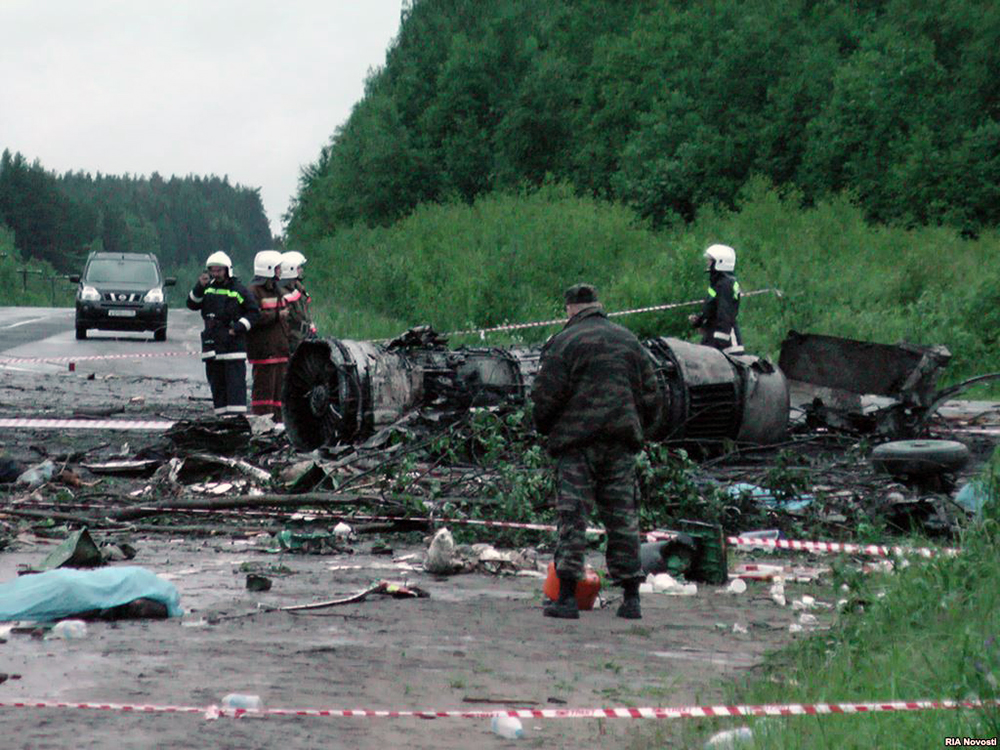

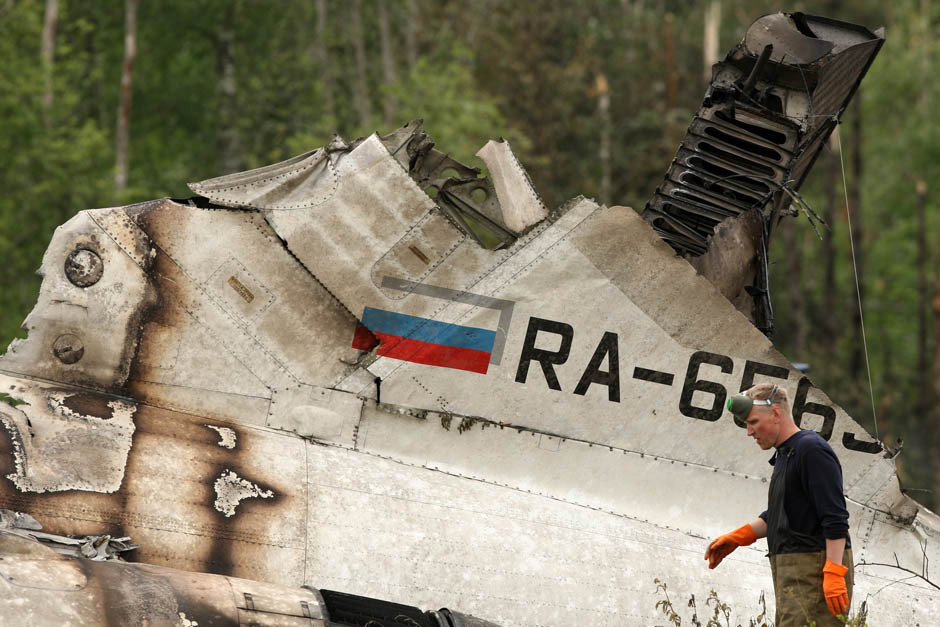
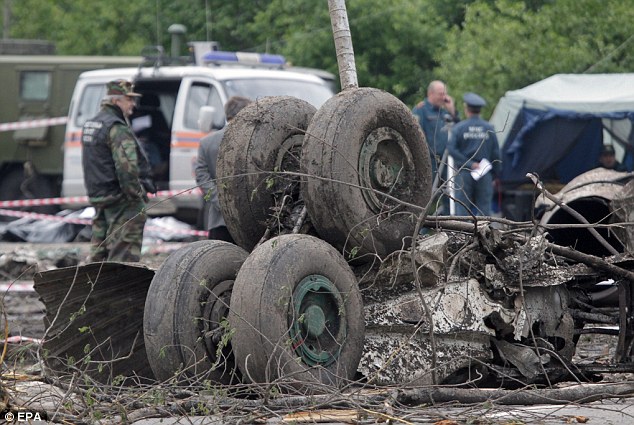
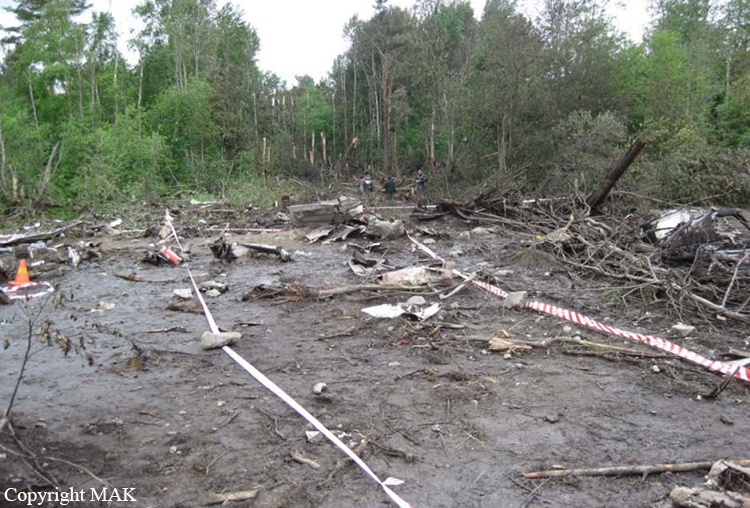
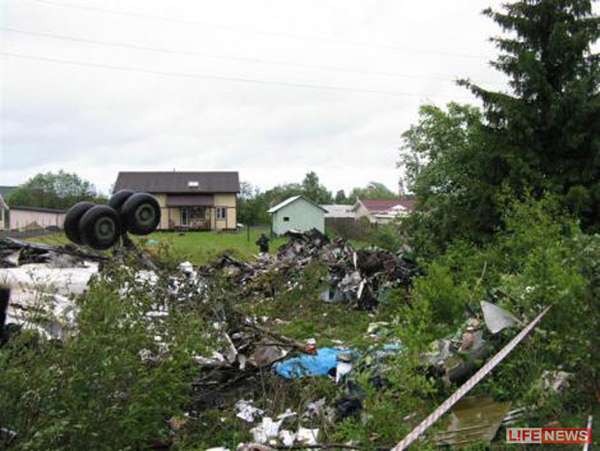
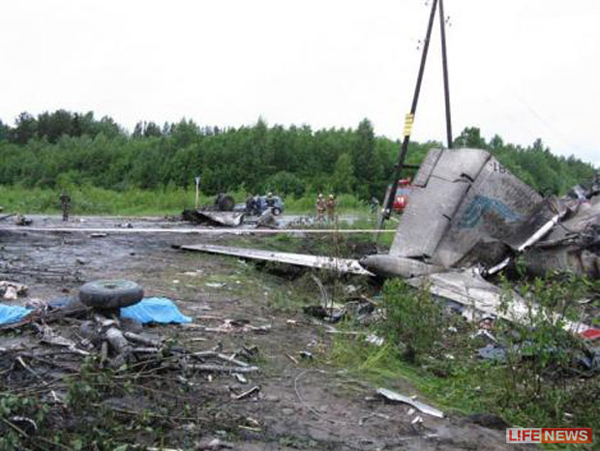
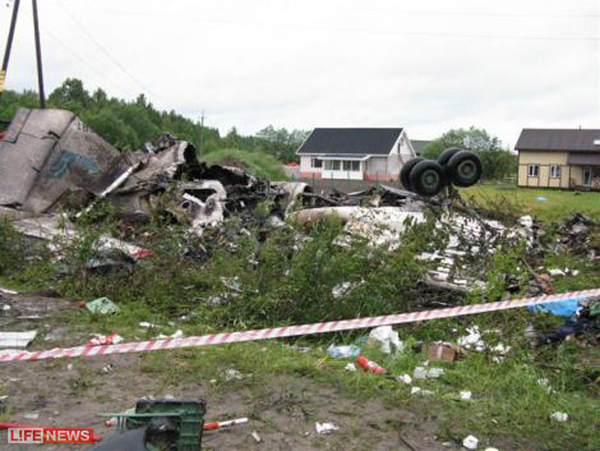
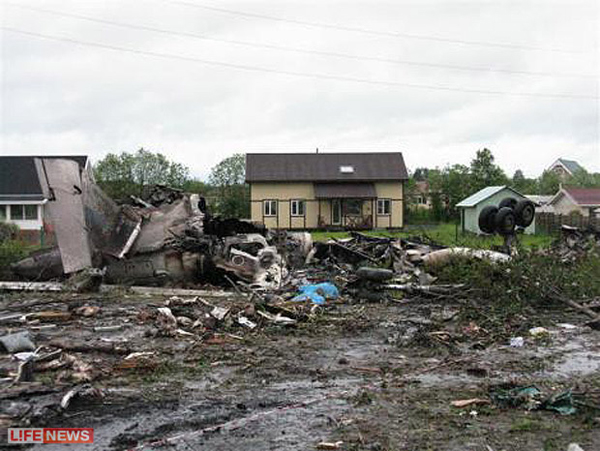

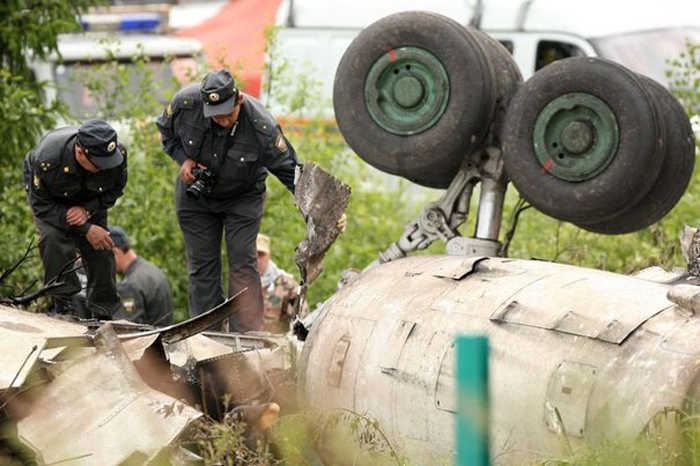
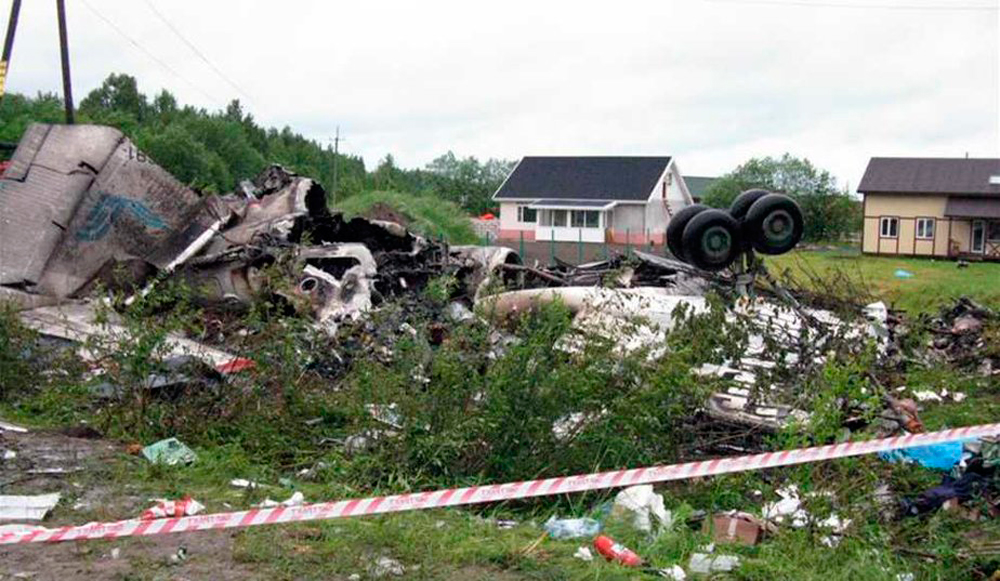

Crash of a Tupolev TU-134AK at Dolinsk-Sokol AFB
Date & Time:
Mar 26, 2009
Registration:
RA-65981
Survivors:
Yes
MSN:
63250
YOM:
1980
Crew on board:
0
Crew fatalities:
Pax on board:
0
Pax fatalities:
Other fatalities:
Total fatalities:
0
Circumstances:
On take off roll at dusk during heavy snow falls, the aircraft veered off runway to the left and collided with a snow mound (1,2 meter high). The nose gear was torn off while both main gears collapsed. All occupants escaped uninjured while the aircraft was damaged beyond repair. It was used for the Far East Command.
Probable cause:
It appears that runway was not properly cleaned from snow prior to takeoff.




